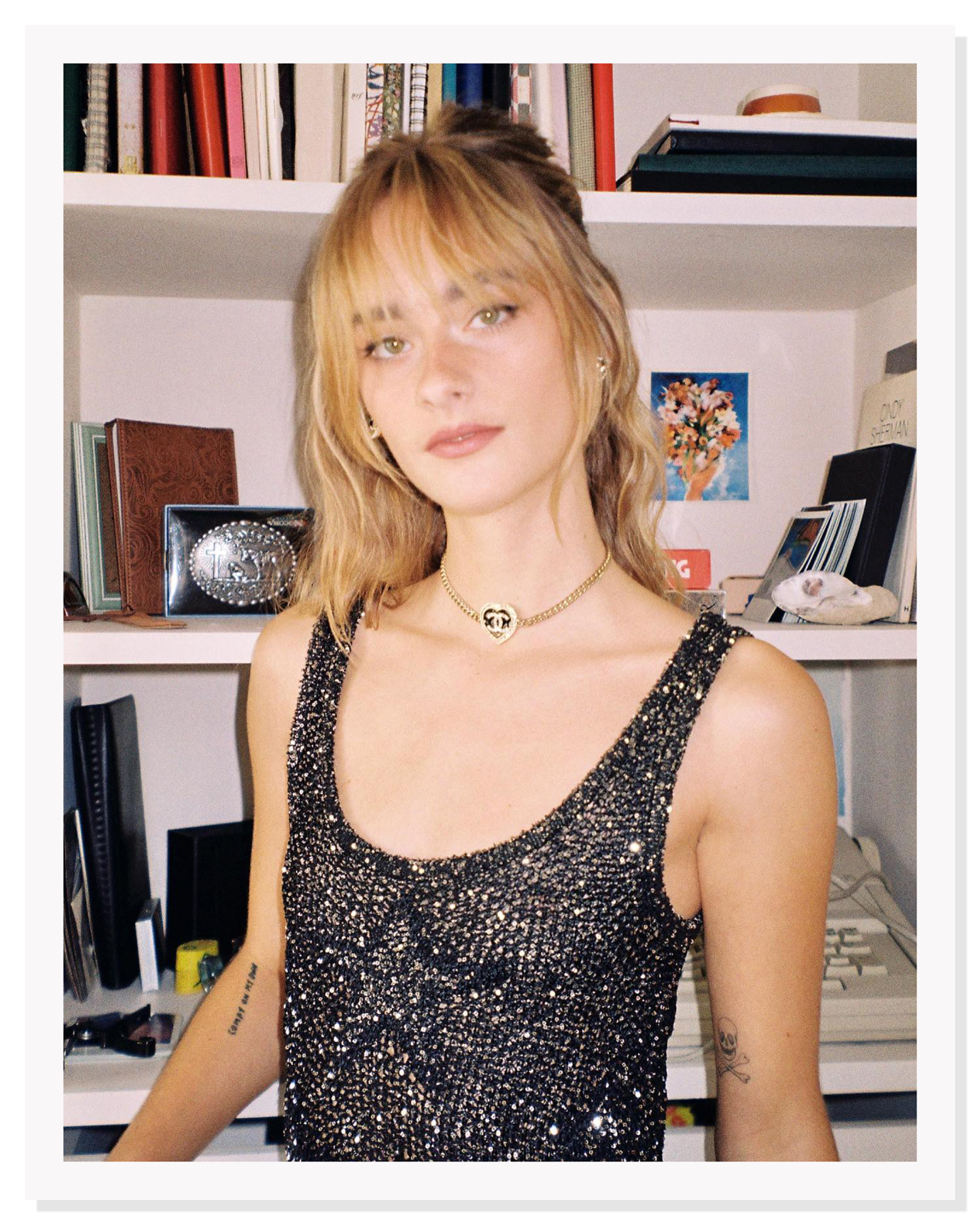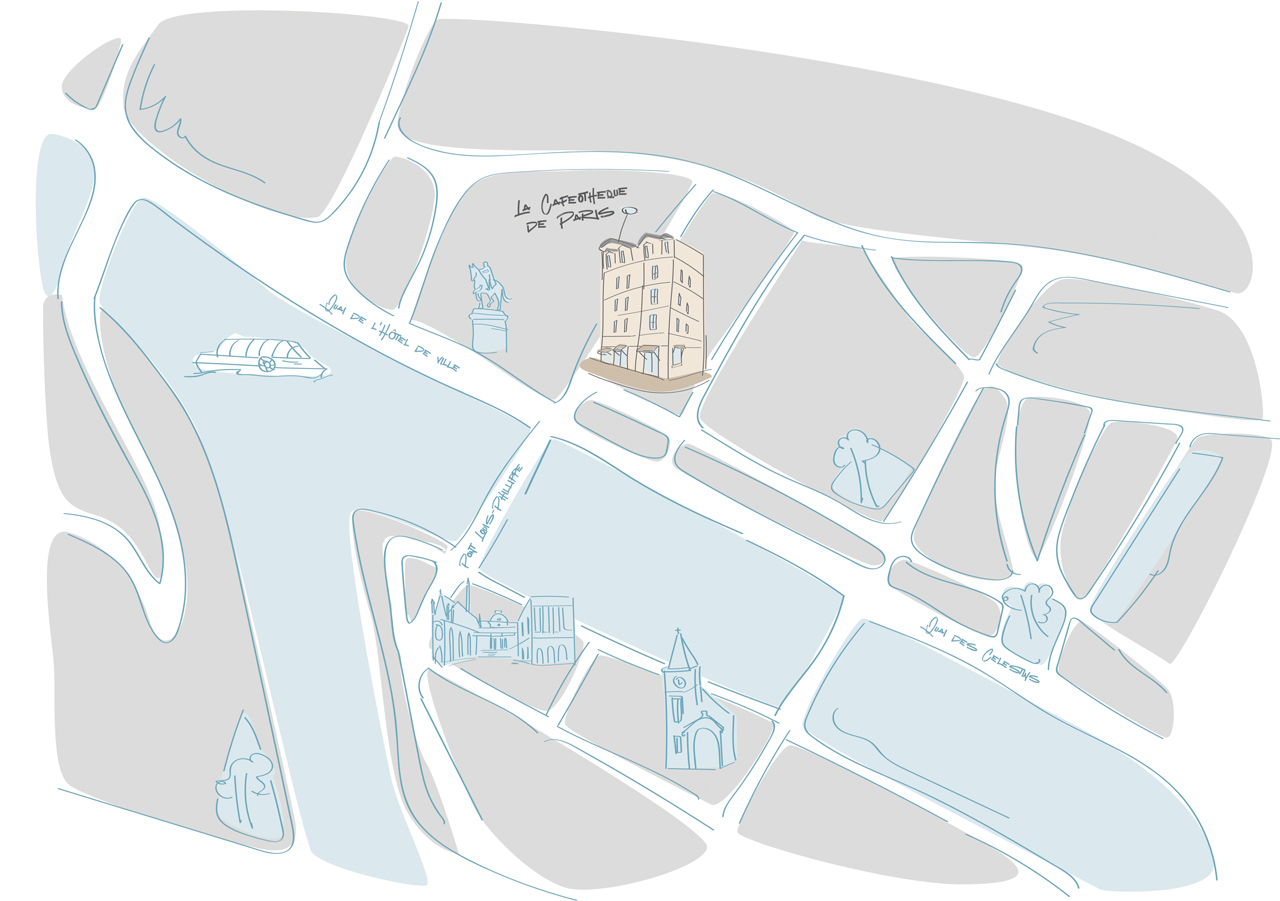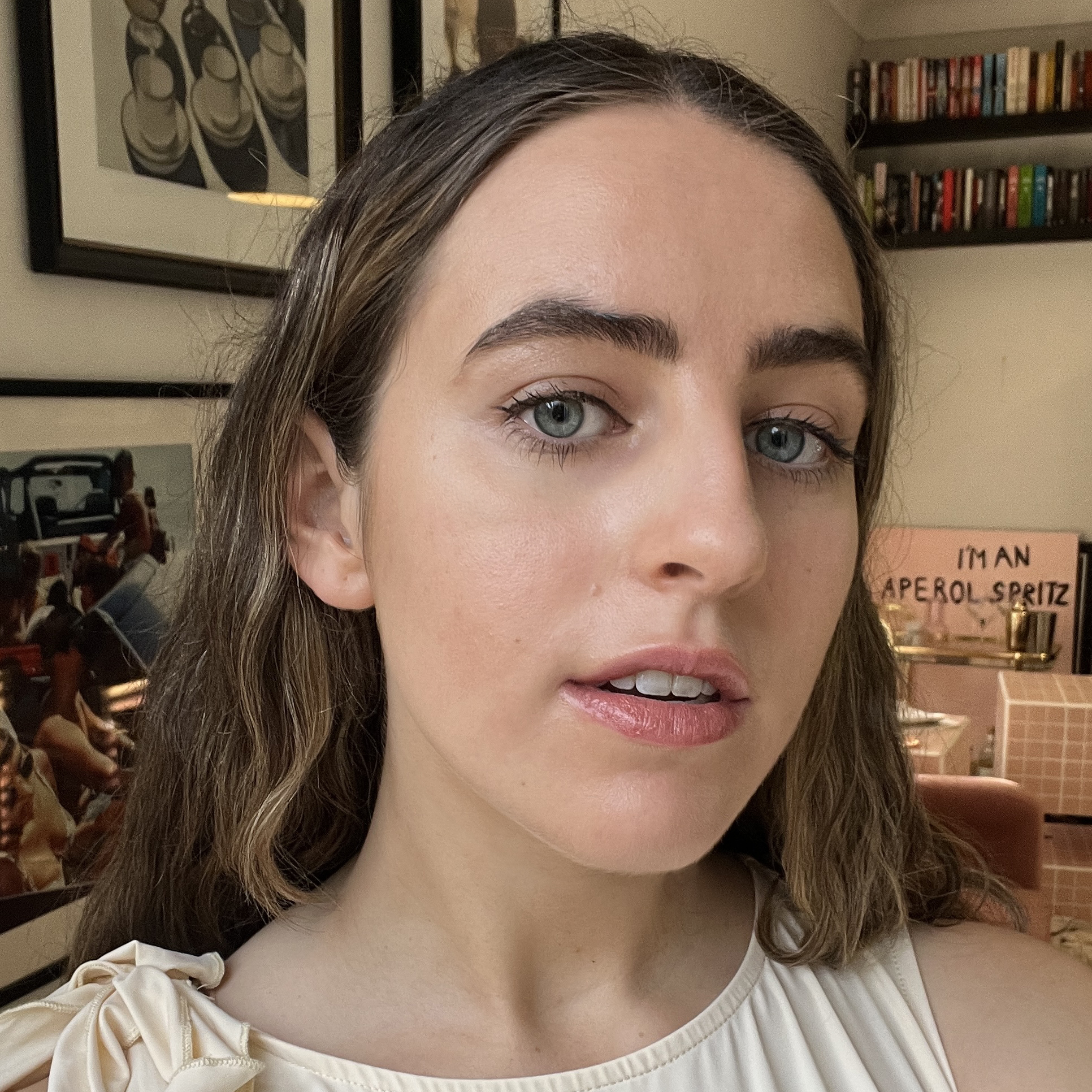News feed

We’ll Always Have Paris: A tale of two cities, both alike in dignity. The Paris of yore, an epicentre of creativity and home to Hemingway and Picasso, paved the way for a new vanguard to emerge. One that challenges ideals and eschews values set by bohemians and the café society. But how does this collective respond to the juxtaposing worlds in which they are operating? Musicians, writers, collectors and restaurateurs reflect the rapidly evolving backdrop of the city – an anthropological snapshot of Parisian life in its element.
When standing in Montmartre at the cusp of dusk – a fleeting moment made precious by Paris basking in an amber glow – the city is transcended in time. Its gilded Beaux Arts skyline and grey Haussmann footings are a canvas for you to splatter your boundless ambition onto and revel in its enduring source of inspiration. In these moments, it’s akin to a glass of champagne; sparkling with whimsical effervescences, and one you can’t help but drown yourself in until the arrondissements dissolve deep into your pores and consume every fibre of your being.
Then, just as the sun dips over the horizon, the wash of gold is quelled by fluorescent lights that draw you into the sleaze-dripped underground nightclubs, vivacious roistering and a cacophony of sirens. Paris peels back the layers of artificial splendour and reveals its inner beast. One that prowls around and challenges anyone who dares face it. An antidote to Paris syndrome, if you will. The city possesses a duplicitous façade – one that’s idealised as the origin of the dernier cri, but fails to recognise the friction underpinning its denizens. Indeed, a tale of two cities.
Nestled in the comfort of the Place VendÔme are the cocktail bars in which Ernest Hemingway and F. Scott Fitzgerald wrote their respective magnum opuses during the Jazz Age. Across town, the proverbial ghost of Édith Piaf haunts the stage at the 19th century concert hall L’Olympia. Perhaps even a faint red stain of tomato remains in the foundations from when Marie Antoinette made her final pilgrimage from Versailles to Tuileries Palace. Paris is the place of poets and dreamers, but beneath this grandiose metropolis seeped in culture, a sense of ongoing metamorphosis is threaded into the tapestry of the city. It’s multi-faceted and in perpetual evolution.
Parisians themselves, whether self-appointed, or by birth, are the first to boast of their dedication to change. They’re a people who shape the city to their whim through riots and protests. Systems of government bend and break at the will of the collective. An epicentre of action in all forms. Unrest is by no means a stranger to those who live here, but a neighbour that comes knocking every few months. In turn, creating a scorched earth that allows the city to start anew. Though you can always find the Paris of yore behind counters at cave à mangers, or in the corners of the Latin Quarter; a new breed rising from the remnants of its predecessor ready to chew you up and spit you back out – as the best kind of city slickers do.
This emerging Paris is unified in a shared resilience, one that reconciles the two versions of the city heralded as the mecca of artistry. Eschewing notions of bohemians and café society, this vanguard of creatives is evolving alongside their city. Ahead, everyday Parisians share their quotidian experiences with us, providing a collection of diary entries and an anthropological snapshot of Parisian life in its element.
Camille Jansen
Parisian-born musician Camille Jansen is the acme of cool. A bona fide Chanel muse, Jansen embodies the ‘Je nes sais quoi’ of French ‘It’ girls. Her Paris is one found in the proverbial mountains of a burgeoning career, with her gaggle of creative contemporaries helping her traverse the terrain of an unknown future.

I grew up in the suburbs of Paris and remember how exciting it was to go into the city on the weekends. I’d go to this coffee shop called La Caféotheque and would hang out at parks like Place des Vosges, or on the Quai de la Seine. There was this one place under a bridge with a hidden speaker and you’d play your music off it. I’d hang there on my own and just watch people go by. When I was about 16 I saw this cute guy there and thought I’d go back to find him thinking he was some sort of soulmate. I never saw him again.
The vibe has changed a lot from what it used to be back when Édith Piaf would sing in the local clubs around Montmartre.
A lot of the streets around there are overrun by tourists and caricature artists who stop you in the street to get yourself sketched out. Less of the artisans that used to live there seem to be there, perhaps you’ll see them there during the day, but fewer of them live in the neighbourhood as it’s all very expensive to live there as an artist now.
My creative process varies as I’ve travelled and lived a more nomadic/vagabond lifestyle and have had to adapt constantly. But the social climate of today has affected the subjects of the things I write about – some of my new songs coming out in the next few months stem from the helplessness felt with the wars going on in the world, or how COVID life affected some of my loved ones’ mental health and losing some of them because of it.
Paris has never felt so full of life, and for the first time I’m feeling and experiencing a real sense of community. As though we’re building a mountain that we all get to climb up, and lift each other to the next level. Everyone has their own Paris in a way. I feel like a lot of us are finding more time for ourselves to recharge and come back to the city with a project, or with a want to make things happen.
THIS FEATURE IS PUBLISHED IN THE 15TH EDITION OF GRAZIA INTERNATIONAL. ORDER YOUR COPY HERE.










